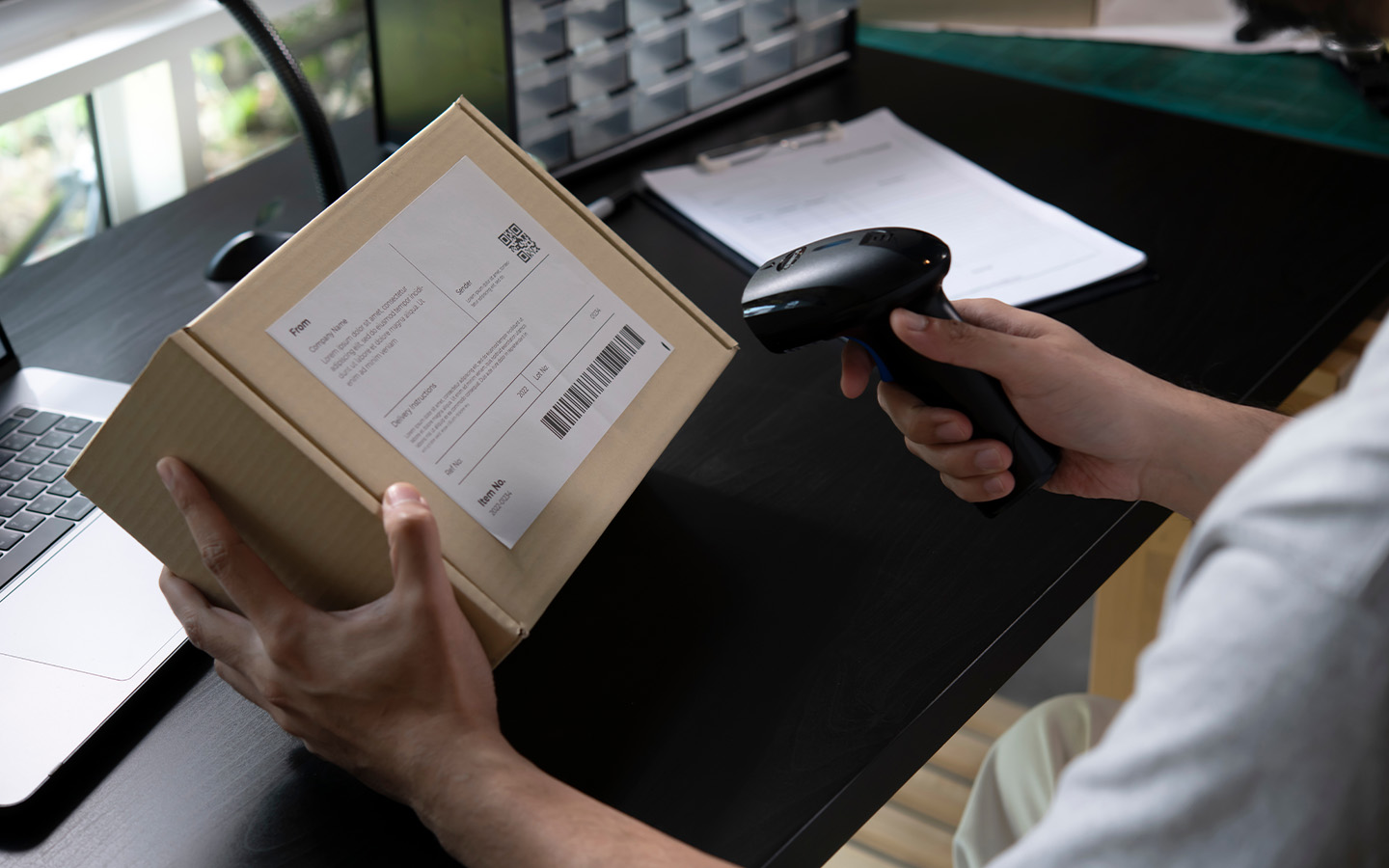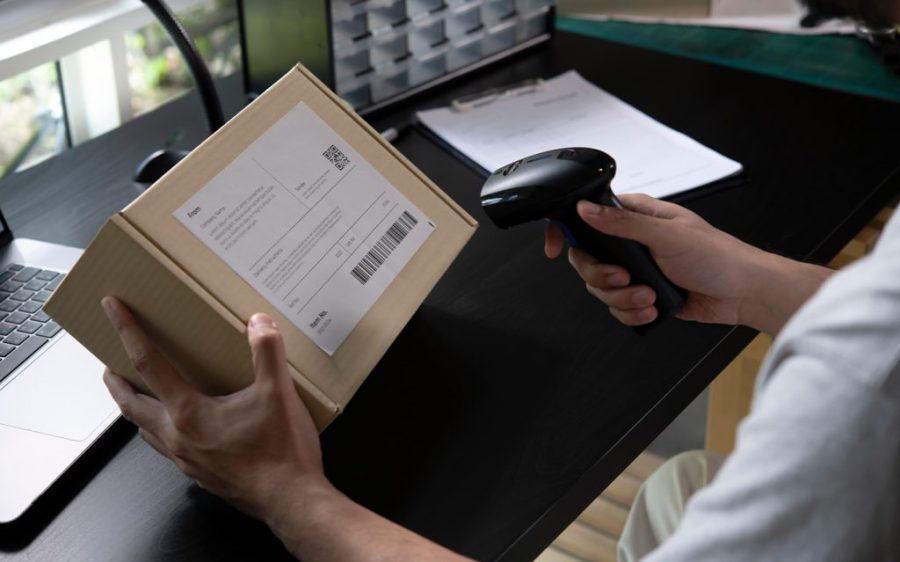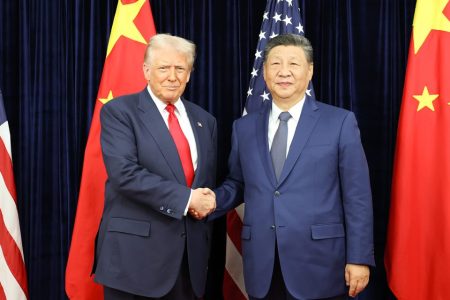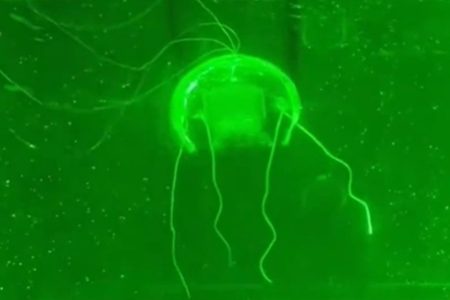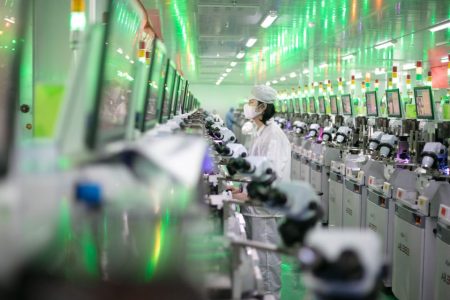The US government has reduced its 120 percent tariffs on small packages originating from mainland China and Hong Kong to 54 percent, according to an executive order that was signed yesterday.
Originally introduced by US President Donald Trump on 2 April, the tariffs were meant to remove the “de minimis” trade loophole that allowed mainland and Hong Kong shipments with a value of less than US$800 to be exempted from duties.
Despite the current reduction, the White House has opted to retain the US$100 goods duty fee for each postal item, which has been in place since 2 May.
The executive order does, however, scrap a plan to raise the goods duty to US$200 per postal item on 1 June.
Washington’s tariff cut on low-value Chinese parcels is part of a wider climbdown announced on 14 May, following two days of high-level talks between Chinese Vice Premier He Lifeng and his US counterparts, Treasury Secretary Scott Bessent and trade representative Jamieson Greer, in Geneva, Switzerland.
In the wake of the talks, Washington said it would reduce its tariffs on Chinese imports from 145 percent to 30 percent. In return, China has agreed to reduce to 10 percent the 125 percent tariffs it imposed on US goods in response to Washington’s original imposts.
The US has also pledged to cut its ad valorem duties – taxes calculated based on the value of goods – on the mainland, Hong Kong and Macao shipments by 24 percent for 90 days, although it will impose a 10 percent tariff on such goods.
[See more: The US agrees to temporarily reduce tariffs on China, prompting Beijing to follow suit]
For its part, China will be dispensing with certain non-tariff measures that it implemented in response to the so-called “Liberation Day” tariffs introduced by the US on 2 April. These include relaxing its ban on rare earth exports to the US and removing some US companies from its blacklist of “unreliable entities.”
Speaking to the media in Geneva yesterday, Bessent said that “the consensus from both delegations this weekend is that neither side wants a decoupling, and what had occurred with these very high tariffs was the equivalent of a trade embargo, and neither side wants that.”
In a separate news conference yesterday, the Chinese Vice Premier said “the meeting achieved substantial progress and reached important consensus,”’ adding that a consultation mechanism for trade would be set up by the both parties.
Despite the current de-escalation of Sino-US trade tensions, questions remain over whether or not a permanent deal can be reached, with Trump pointing out yesterday that the temporary agreement does not roll back US tariffs against Chinese cars, steel and aluminium.
The US leader added that new tariffs on items such as pharmaceuticals could be imposed, as his administration is keen on “bring[ing] the pharmaceutical business back to the United States.”
Moving forward, Trump said he would be speaking with Chinese President Xi Jinping “maybe at the end of the week.”
Meanwhile, trade discussions to resolve the two sides’ differences are expected to continue, with the joint statement noting that the location of these future talks could alternate between China, the US or a third country.
